The day when Sunderland's Binns store was shelled by German bombs
and live on Freeview channel 276
Eighty years have passed since the Fawcett Street section of Binns was destroyed in the Second World War.
But just like the people of Wearside, it was not defeated and soon bounced back.
Advertisement
Hide AdAdvertisement
Hide AdPhilip Curtis, of Sunderland Antiquarian Society, takes up the story.
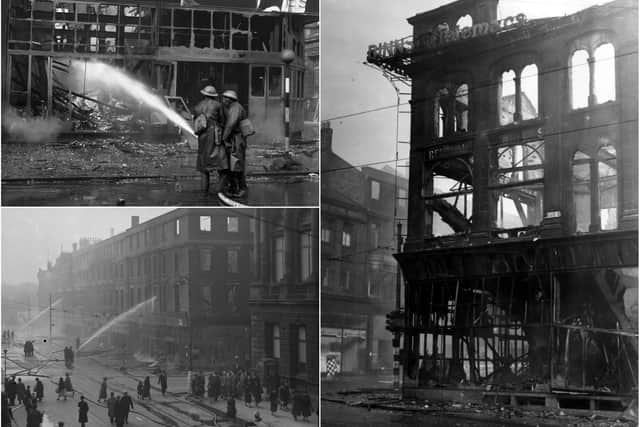

In April 1941, disaster struck at Binns.
Most of the Fawcett Street premises were destroyed after a heavy bombing raid by the German air force during the Second World War.
But the resilience of the Wearside workforce shone through. Within three days, the business was operating again but this time from a converted motor store in Holmeside. There was a downside though as many staff had to be laid off.
Thankfully, though, Binns had not disappeared from the Wearside skyline forever.
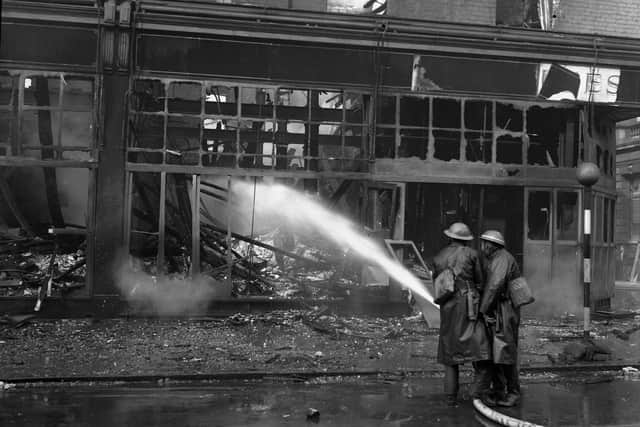

Advertisement
Hide AdAdvertisement
Hide AdWhile it operated under the threat of war, Binns was rarely off the front pages of the Echo and there was no change to the trend on D Day.
Next to news of the Allies gaining two beachheads in northern France, there was an advert about the latest offers at Binns.
You could get printed artificial silks for 7 shillings and 9 pence, check tweeds for 7 and 6, and blazer flannels for 5 and 5 in colours of Navy, bottle or white.
All it cost was three coupons per yard of material.
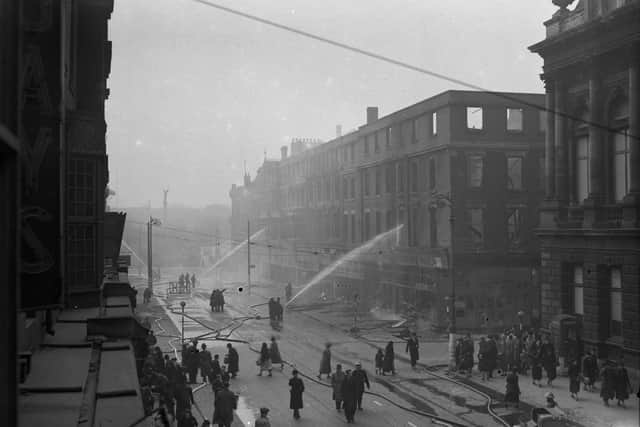

In another section of Binns, a new display of prams was on display in the Park Lane showroom. And all this was happening on the day when the liberation of Europe had begun.
Advertisement
Hide AdAdvertisement
Hide AdIt was a far cry from the day three years earlier when much of the Fawcett Street shop was wrecked.
After war was over, the rebuilding of the west side of Fawcett Street began in 1949.
The new store opened in March 1953 with five storeys and a façade made from Portland stone. The same year saw the House of Fraser secure a majority shareholding in the company.
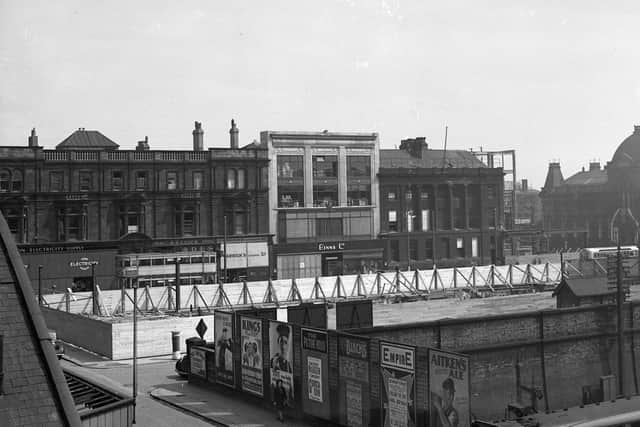

It was the start of a new era for the store which had so much history.
Advertisement
Hide AdAdvertisement
Hide AdIt all dates back to the 1800s when Binns was in High Street West but, in order to expand, two properties in Fawcett Street were bought and converted into a shop.
Phil said: “It was felt that with the opening of the Central Station in 1879 the footfall in this area would greatly increase and therefore it was deemed good business strategy to move as close as possible to the station.”
Binns had 30 staff by 1900 and the Fawcett Street premises kept on expanding.
Outside the first shop in Fawcett Street stood two beautiful ornate street lamps. The ground floor housed the drapery department and the first floor had
Advertisement
Hide AdAdvertisement
Hide Adelegant showrooms which displayed the latest fashionable millinery from Paris and London. Mantles, capes, jackets, blouses, skirts and hosiery were all
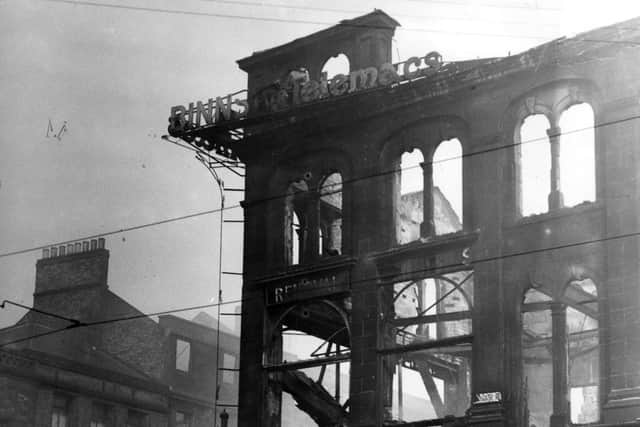

available.
By 1921, the store was on both sides of Fawcett Street and supplied ‘everything that is required for human comfort and welfare’. It had lounges and a tea room, a post office, telephone rooms and a hairdressing salon.
The slogan ‘Shop at Binns for Everything’ was adopted and by 1924 ‘Shop at Binns’ could be seen printed on the front of all the local trams.
Sadly, the Second World War meant a setback. Most of the Fawcett Street premises were destroyed.
Advertisement
Hide AdAdvertisement
Hide AdThe rebuild after the war eventually saw an underground passage so ahoppers could then move from one side of the store to the other without having to cross the busy road.
Phil added: “Binns was noted for its restaurants and at one time advertised four of them. In the 1960s The Gay Tray and the Bear Pit were very popular.
"The Gay Tray was self-service and the Bear Pit was a grill and griddle with the latest trend in snack bar catering – a Dutch idea of split level counters which allowed you to see your meal being prepared in the open cooking area.”
The new facilities kept on coming.
In 1968, Binns introduced its own credit card and the store’s continued success led to a massive face-lift in 1972. However in the 1980s its customer base began to diminish and in April 1989 the furniture building was vacated.
Advertisement
Hide AdAdvertisement
Hide AdUnfashionable departments including the food hall and fabrics were closed down. Phil added: Unfortunately this was not enough to save the store and in December 1992 Binns closed its doors for the last time.”
Philip gets our thanks yet again for his help on Sunderland history.
The Sunderland Antiquarian Society was founded in 1900 and is based in Douro Terrace, Sunderland. It now has a membership of more than 940 people.
The Society holds extensive archives which have been amassed and donated over the past century by the people of Sunderland.
Advertisement
Hide AdAdvertisement
Hide AdAlthough the society’s centre can not open for visitors at the moment because of the pandemic, people can still find out more online.
To find out more about the history of Sunderland, visit the Antiquarian Society’s Facebook page or its website at http://www.sunderland-antiquarians.org
What are your memories of Sunderland’s shops and department stores? Which was your favourite and what was your favourite buy from one of them?
Get in touch and tell us more by emailing [email protected]
Advertisement
Hide AdAdvertisement
Hide AdWe would also like to hear your views on other aspects of Sunderland history. Tell us which part of Wearside’s past you would like us to cover by emailing [email protected]